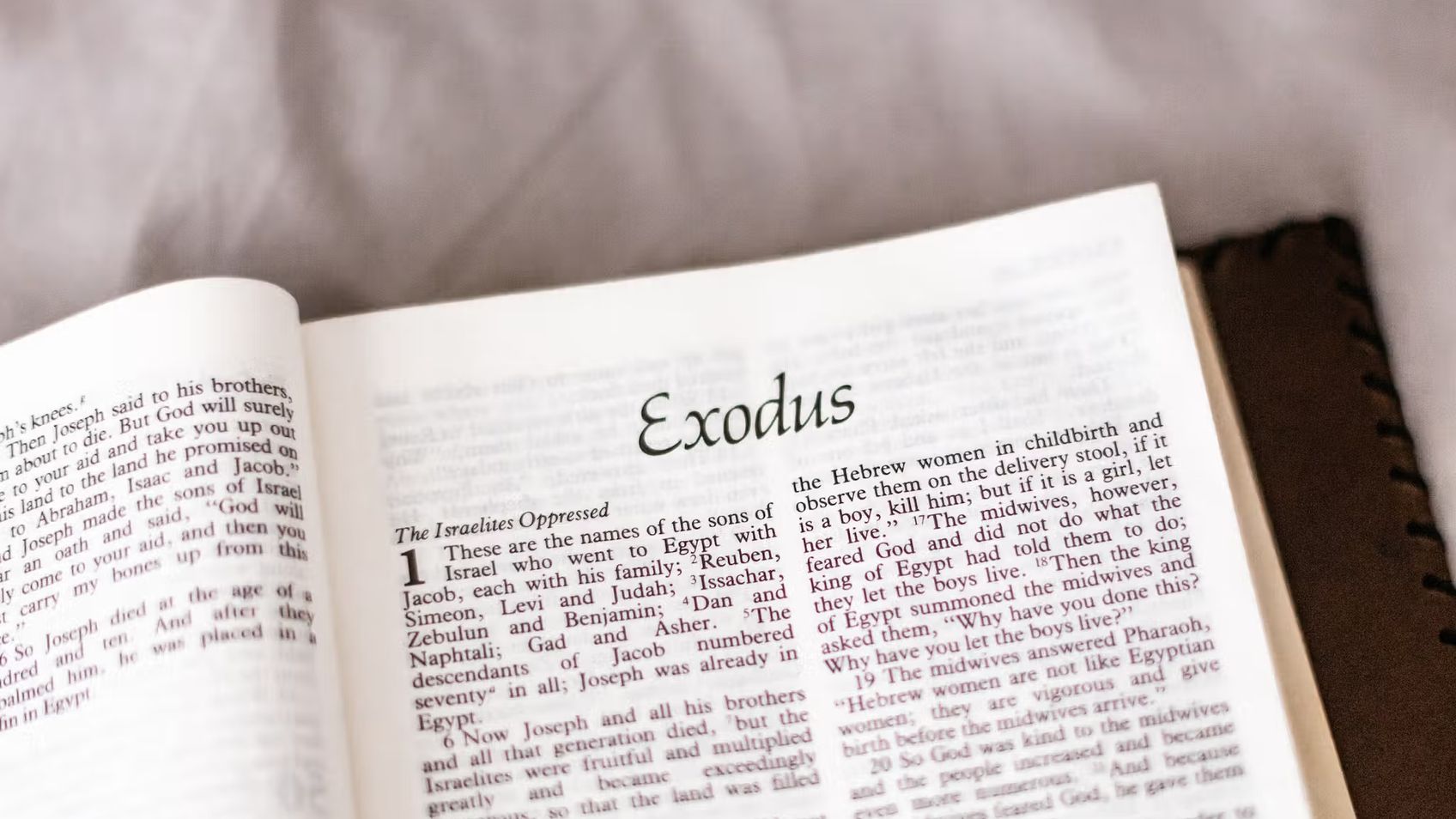Exodus Tabernacle Overview

ExodusSteve Gregg
The Exodus Tabernacle served as a portable dwelling place for God among the Israelites and was a significant undertaking constructed from donated materials such as gold and wood. While Exodus provides a factual account of its design, size, materials, and positions, the New Testament recognizes Christ as at least one antitype of the tabernacle, embodying God's dwelling among people in physical form. The tabernacle represents the approach to God, with Christ serving as the anti-type that leads the way to God, and the writer of Hebrews uses it to convey the approach to God and the inaccessibility of God without Christ.
More from Exodus
22 of 25
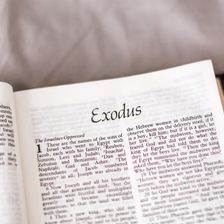
Next in this series
Exodus Tabernacle Meaning (Part 1)
Exodus
This passage discusses the meaning and symbolism behind the Exodus Tabernacle, which was a portable worship space used by the Israelites during their
23 of 25

Exodus Tabernacle Meaning (Part 2)
Exodus
The Tabernacle in Exodus had many different elements that held spiritual significance, such as the walls made of boards, the showbread, and the altar
20 of 25

Exodus 33 - 34
Exodus
Exodus 33-34 describes Moses' conversation with God, where he asks to see His glory but is told that no man can see His face and live. God promises to
Series by Steve Gregg
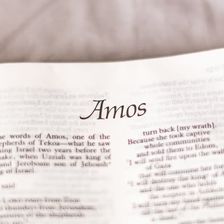
Amos
In this two-part series, Steve Gregg provides verse-by-verse teachings on the book of Amos, discussing themes such as impending punishment for Israel'
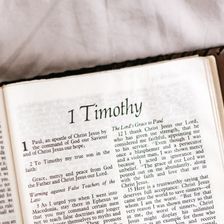
1 Timothy
In this 8-part series, Steve Gregg provides in-depth teachings, insights, and practical advice on the book of 1 Timothy, covering topics such as the r
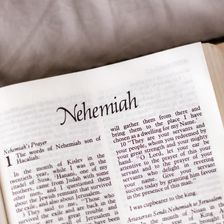
Nehemiah
A comprehensive analysis by Steve Gregg on the book of Nehemiah, exploring the story of an ordinary man's determination and resilience in rebuilding t
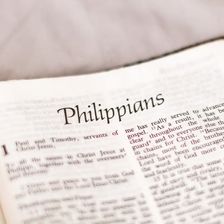
Philippians
In this 2-part series, Steve Gregg explores the book of Philippians, encouraging listeners to find true righteousness in Christ rather than relying on
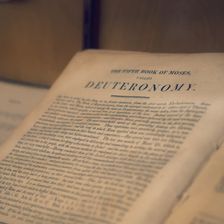
Deuteronomy
Steve Gregg provides a comprehensive and insightful commentary on the book of Deuteronomy, discussing the Israelites' relationship with God, the impor

Charisma and Character
In this 16-part series, Steve Gregg discusses various gifts of the Spirit, including prophecy, joy, peace, and humility, and emphasizes the importance
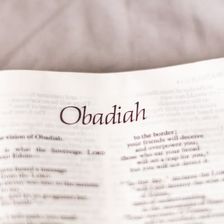
Obadiah
Steve Gregg provides a thorough examination of the book of Obadiah, exploring the conflict between Israel and Edom and how it relates to divine judgem

Exodus
Steve Gregg's "Exodus" is a 25-part teaching series that delves into the book of Exodus verse by verse, covering topics such as the Ten Commandments,
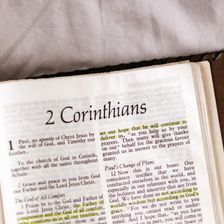
2 Corinthians
This series by Steve Gregg is a verse-by-verse study through 2 Corinthians, covering various themes such as new creation, justification, comfort durin
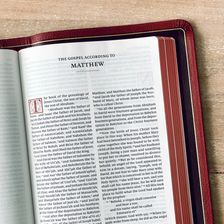
Gospel of Matthew
Spanning 72 hours of teaching, Steve Gregg's verse by verse teaching through the Gospel of Matthew provides a thorough examination of Jesus' life and
More on OpenTheo
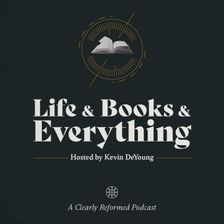
Life and Ministry in Charlotte and in the SBC with Clint Pressley
Life and Books and Everything
December 15, 2025
In a rare cultural anomaly that may never be repeated in our lifetimes, the current SBC President and current PCA Moderator live in the same neighborh

The Man on the Middle Cross with Alistair Begg
Life and Books and Everything
November 10, 2025
If you haven’t seen the viral clip, go see it right now. In this episode, Kevin talks to Alistair about the preaching clip he didn’t intend to give, h
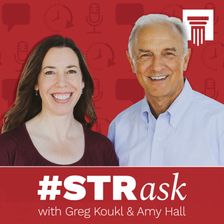
How Can I Explain Modesty to My Daughter?
#STRask
November 27, 2025
Questions about how to explain modesty to a nine-year-old in a way that won’t cause shame about her body, and when and how to tell a child about a pre

Protestants and Catholics: What’s the Difference? With Chad Van Dixhoorn, Blair Smith, and Mark McDowell
Life and Books and Everything
November 26, 2025
How should Protestants think about the Catholic Mass? About the Eucharist? About the history and development of the papacy? In this panel discussion,

Did God Create Us So He Wouldn’t Be Alone?
#STRask
November 3, 2025
Questions about whether God created us so he wouldn’t be alone, what he had before us, and a comparison between the Muslim view of God and the Christi

What Tools of Reasoning Help You Know What’s True, Right, and Good?
#STRask
December 4, 2025
Question about what tools of reasoning help us determine whether something is true or false, right or wrong, good or bad before bringing Scripture int
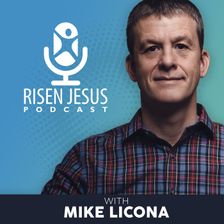
The Historical Perspective vs. The Theological Perspective on the Resurrection: Are Both Valid?
Risen Jesus
October 1, 2025
This episode is a discussion between Dr. Mike Licona and then PhD candidate Laura Robinson on the Capturing Christianity podcast. While both scholars

The Golden Thread of the Western Tradition with Allen Guelzo
Life and Books and Everything
October 6, 2025
Dr. Guelzo is back once again for another record setting appearance on LBE. Although he just moved across the country, Allen still made time to talk t

The Historical Reliability of the Gospels: Licona vs. Ehrman - Part 1
Risen Jesus
September 3, 2025
In this episode, frequent debate opponents Dr. Michael Licona and Dr. Bart Ehrman face off on the historical reliability of the gospels. Held in 2018

Since Most People Are Wrong When They Make Supernatural Claims, Why Didn't God Do Better?
Risen Jesus
September 17, 2025
Dr. Matthew McCormick, a philosophy professor at California State University, Sacramento, doesn’t believe that there is satisfactory historical eviden

How Could the Similarities Between Krishna and Jesus Be a Coincidence?
#STRask
October 9, 2025
Questions about how the similarities between Krishna and Jesus could be a coincidence and whether there’s any proof to substantiate the idea that Jesu

Faith Journeys: Similar Road, Different Conclusions - A Licona Ehrman Discussion
Risen Jesus
September 24, 2025
On the Risen Jesus podcast today, Dr. Michael Licona and Dr. Bart Ehrman join Justin Brierly on his Unbelievable podcast to discuss their faith journe
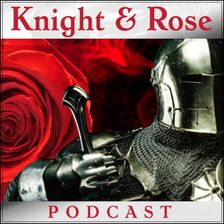
Corey Miller: The Progressive Miseducation of America
Knight & Rose Show
September 27, 2025
Wintery Knight and Desert Rose welcome Dr. Corey Miller to discuss The Progressive Miseducation of America. They examine how universities promote scie

“Christians Care More About Ideology than People”
#STRask
October 13, 2025
Questions about how to respond to the critique that Christians care more about ideology than people, and whether we have freedom in America because Ch

What Are Some Good Ways to Start a Conversation About God with Family Members?
#STRask
October 30, 2025
Questions about how to start a conversation about God with non-Christian family members, how to keep from becoming emotional when discussing faith iss
